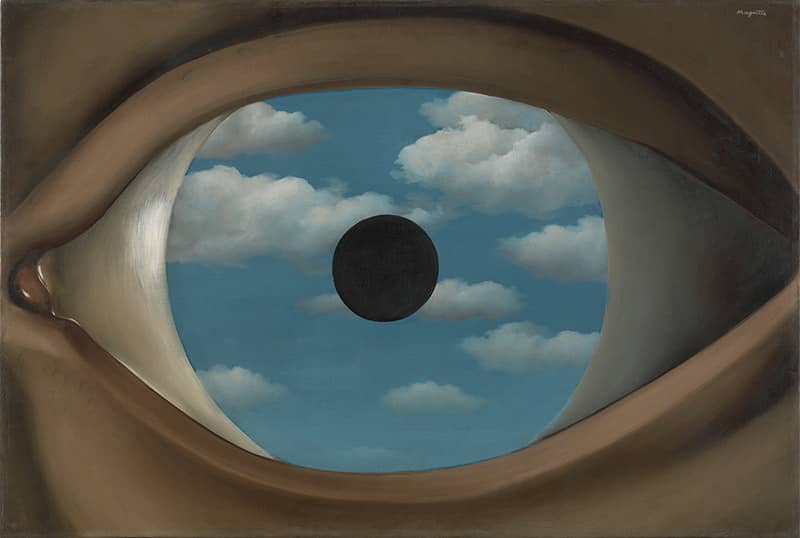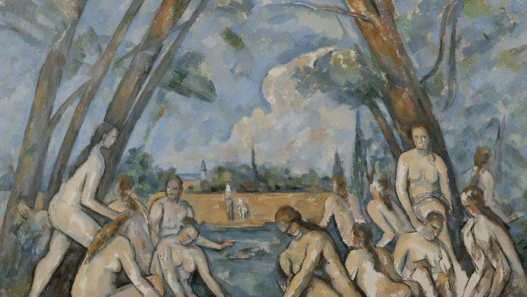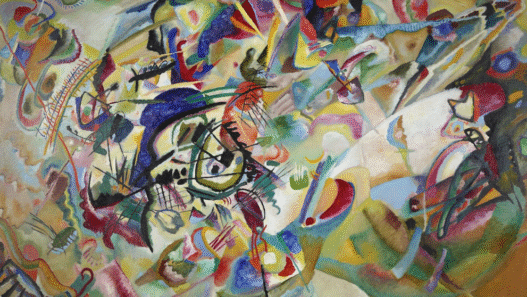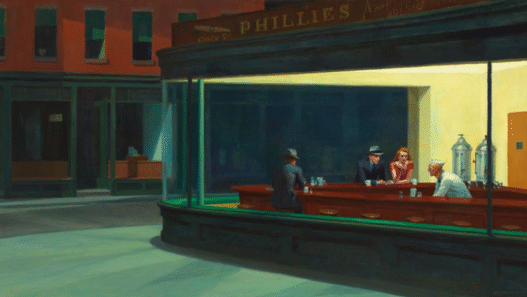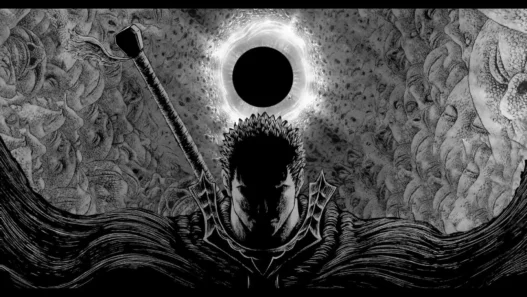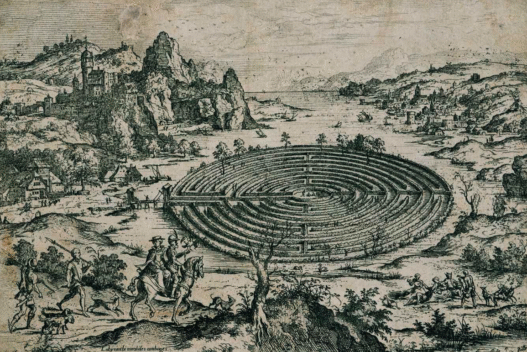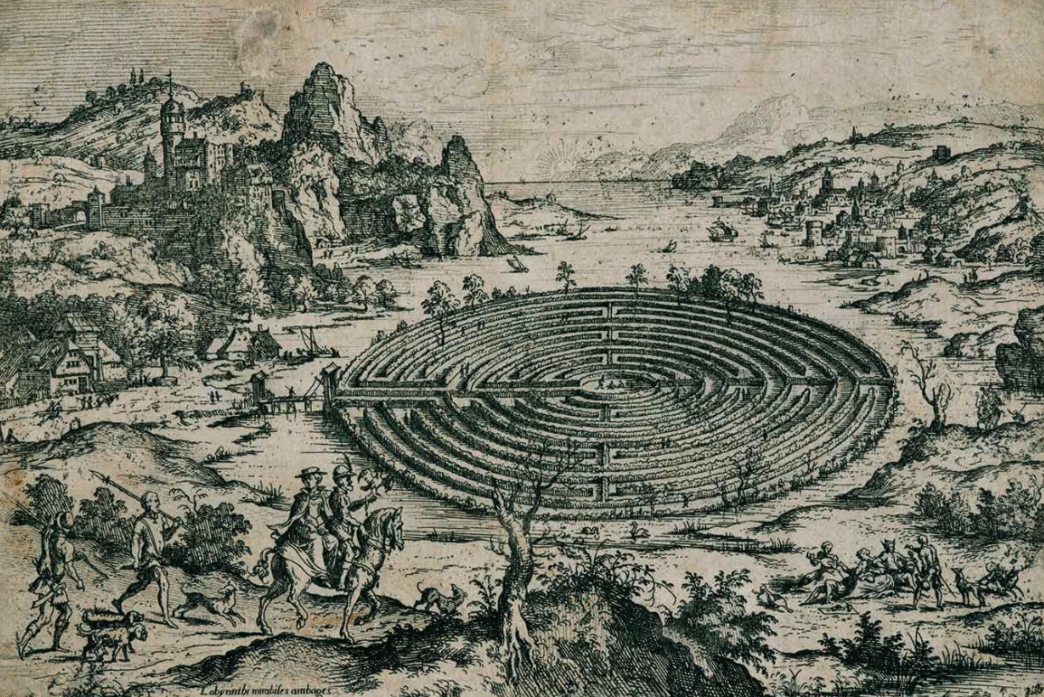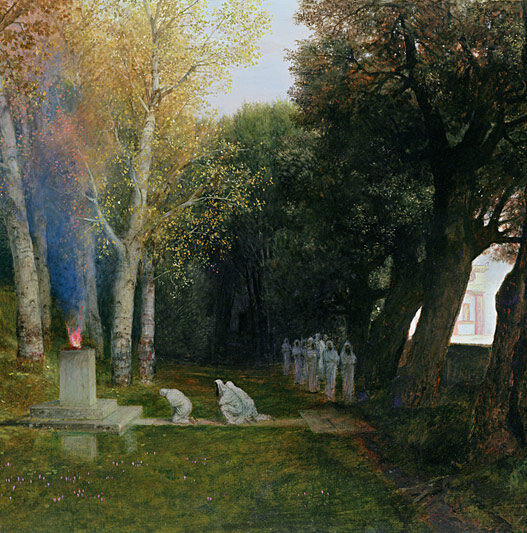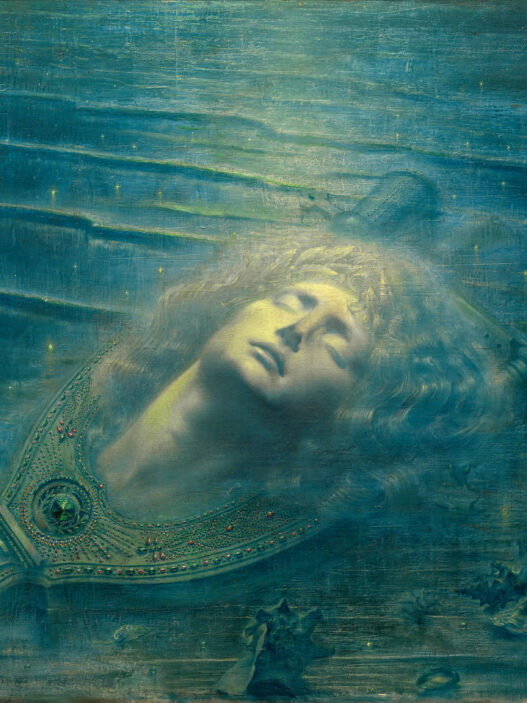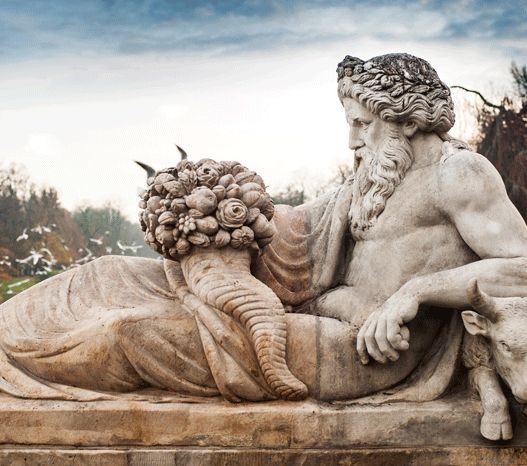The Symbolism of the Labyrinth in Myth and Art
For thousands of years, labyrinths have captured the human imagination. Across ancient cultures and artistic movements, the labyrinth symbolizes profound ideas. For example, it represents journeys of self-discovery, entrapment, enlightenment, and the complexity of the human mind.
Are you already familiar with the Minotaur’s role within the labyrinth? If so, you might enjoy The Symbolism of the Minotaur for a closer look at the creature that once haunted its corridors.
The Labyrinth Across Ancient Cultures
The earliest labyrinth stories originated in Minoan Crete, where they became closely linked to the fearsome Minotaur. However, similar labyrinth-like patterns appear across many cultures.
Egypt: Complex temple layouts that mirrored cosmic order.
Celtic lands: Spirals and mazes carved in stone, representing the soul’s journey.
Native America: The “Man in the Maze” symbol reflecting life’s trials and spiritual emergence.
Clearly, each culture saw the labyrinth not merely as a physical structure but as a powerful symbol of life’s challenges, transformations, and deeper mysteries.
From a young age, I felt captivated by the twisting paths of mazes and labyrinths. I remember getting lost in the works of M.C. Escher. For me, understanding where one path ends and another begins is less about illusion and more about philosophy.
The Labyrinth as a Symbol of the Mind
In mythology, the labyrinth represents a maze that must be navigated. In psychology, however, it symbolises the twists and turns of the unconscious mind.
Notably, Carl Jung viewed the labyrinth as a metaphor for individuation—the journey toward wholeness. According to Jung, walking through a labyrinth mirrors the inner process of confronting fears, uncovering hidden truths, and eventually emerging transformed.
“Your vision will become clear only when you look into your heart. Who looks outside, dreams; who looks inside, awakes.” – Carl Jung
Today, many therapeutic and meditation practices incorporate labyrinths as symbolic tools. They serve as guided journeys toward healing, clarity, and inner peace.
Artistic Interpretations of the Labyrinth
Medieval labyrinths: Found in Gothic cathedrals like Chartres, these labyrinths allowed pilgrims to simulate a spiritual journey when actual pilgrimage was impossible.
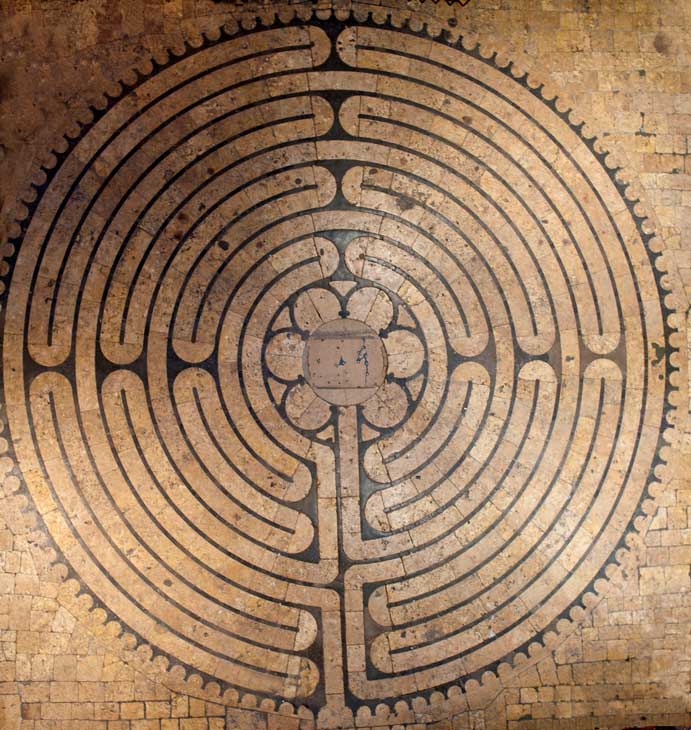
Modern installations: Gijs Van Vaerenbergh’s Labyrinth is a monumental steel maze installation located at the C-mine arts centre in Genk, Belgium. The installation features large geometric spheres, cylinders, and cones created through Boolean transformations, which break the continuity of the walls and offer unexpected perspectives, transforming the traditional concept of a labyrinth into a spatial and sculptural experience
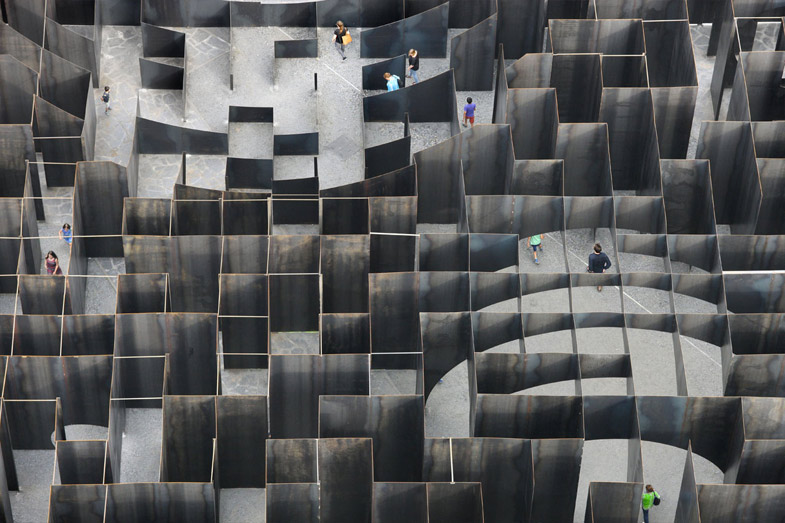
Artists throughout history have treated the labyrinth not just as a physical challenge, but as a metaphor for navigating emotional landscapes.
Labyrinths in Popular Culture
Today’s books, films, and games often feature labyrinths:
Pan’s Labyrinth (2006): Guillermo del Toro’s dark fairytale. Read
Jorge Luis Borges’ stories: labyrinths as metaphors for infinite possibilities. Read
Video games like The Legend of Zelda: labyrinths full of monsters, puzzles, and rewards.
The modern fascination with labyrinths echoes humanity’s eternal search for meaning amidst confusion.
🔗 Curious how the Minotaur myth inspired so much of this? Discover more in The Symbolism of the Minotaur.
Finding Ourselves in the Maze
Every labyrinth story reminds us: sometimes, we must get lost to truly find ourselves.
Each twist and turn reflects the inner journey towards deeper self-knowledge.
I find writing to be a beautiful exercise of walking through a labyrinth of words. The cadence of the text, how each word connects with the next is in itself a journey of thought.
